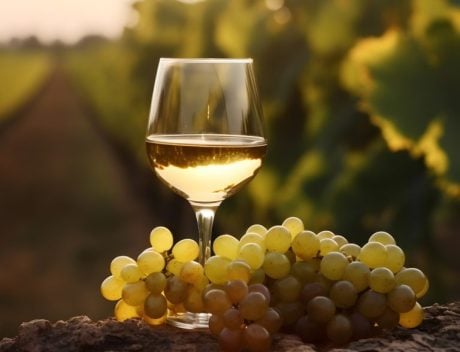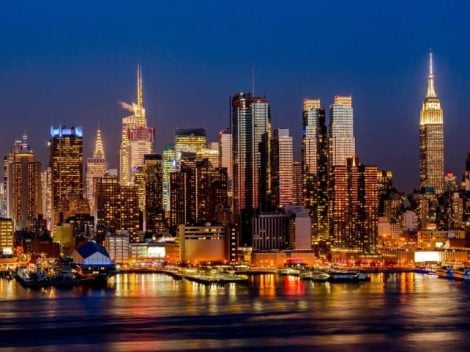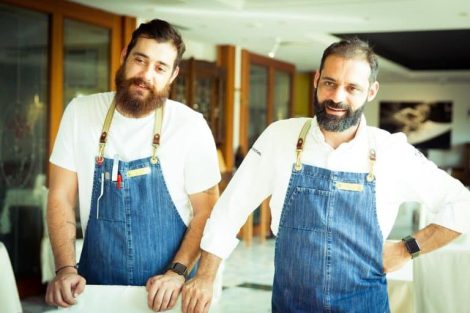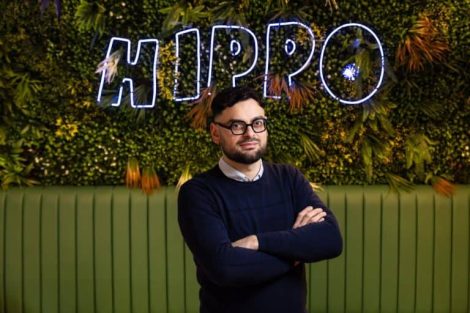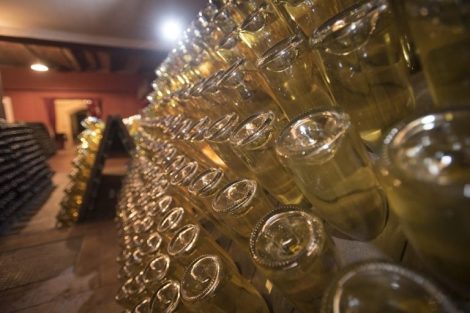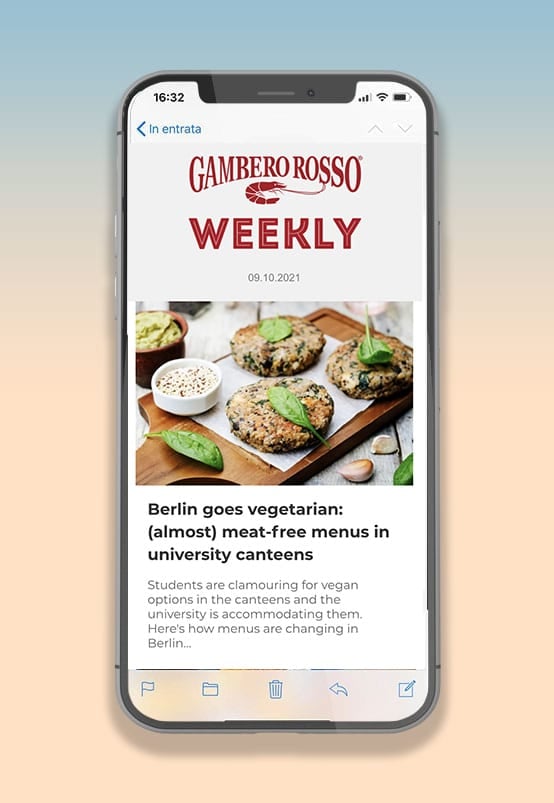We meet ten minutes before the fair closes. With Rodolphe Lameyse, director of Vinexposium, the organisation behind Wine Paris/Vinexpo, we take stock of this sixth edition of Wine Paris, which took place from 10 to 12 February and hosted a total of 5,300 wineries, including over 1,200 Italian producers—an increase of 74% compared to 2024. Lameyse looks tired yet satisfied and does not shy away from any questions.
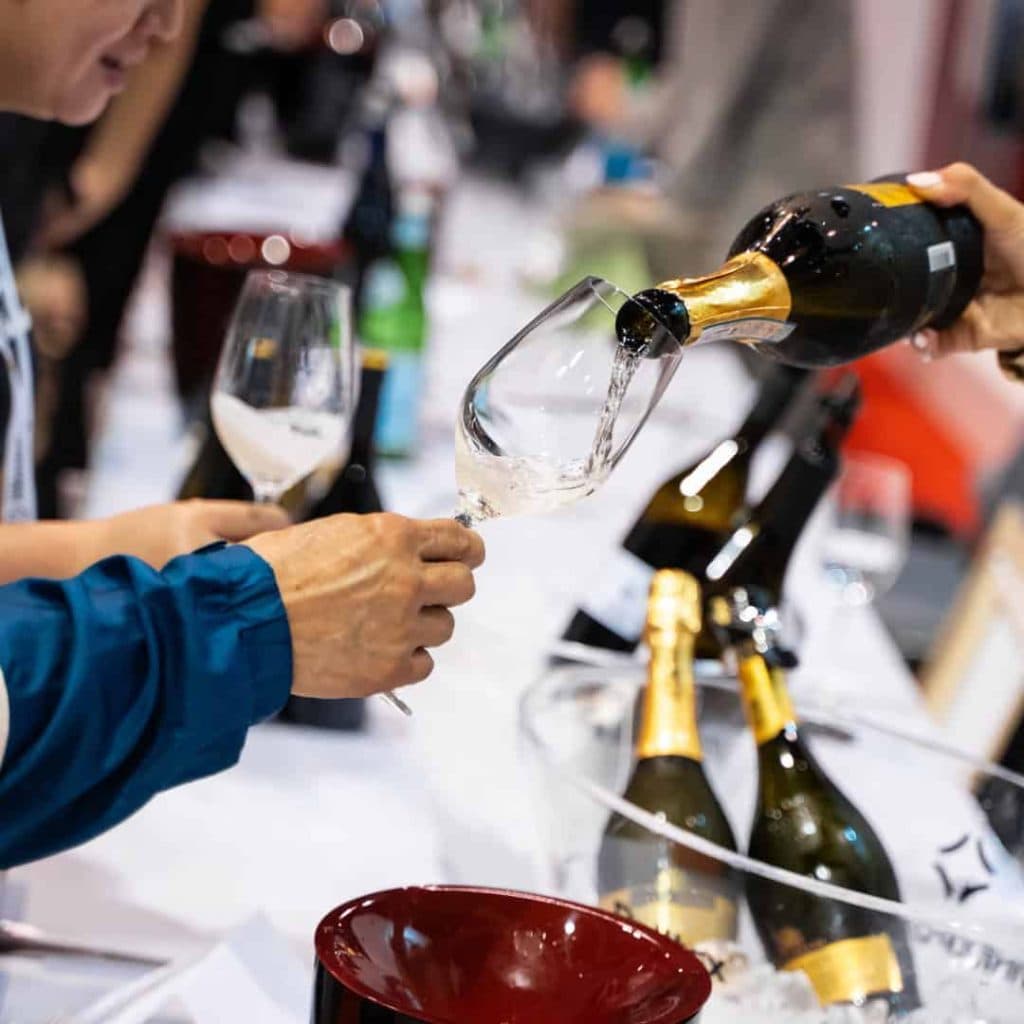
What stood out for you at this edition?
The smiles of the people at the fair. It was not a given. Despite everything happening on an environmental, political, and economic level, I witnessed a genuine sense of optimism. Right now, the mood within the wine world is key. This is a sign of hope and resilience—the wine community is ready to embrace all the challenges ahead.
What didn’t work?
There’s always room for improvement, especially in terms of services. On the first day, we faced some issues at the entrance due to an unexpectedly high turnout. We’ll work on it because everyone should be able to arrive and leave smoothly. We need to push forward and keep raising the bar.
How did the Zero Tasting pavilion experiment go?
I must admit that by the second day, the free-tasting area had completely run out of samples. We had to go and retrieve more from other sections.
Should we be concerned?
Well, first and foremost, it’s a sign that the sector is evolving. I love wine and would never be a customer for dealcoholised versions, but this is a growing market segment that attracts young consumers. It’s important to have a presence in this space.
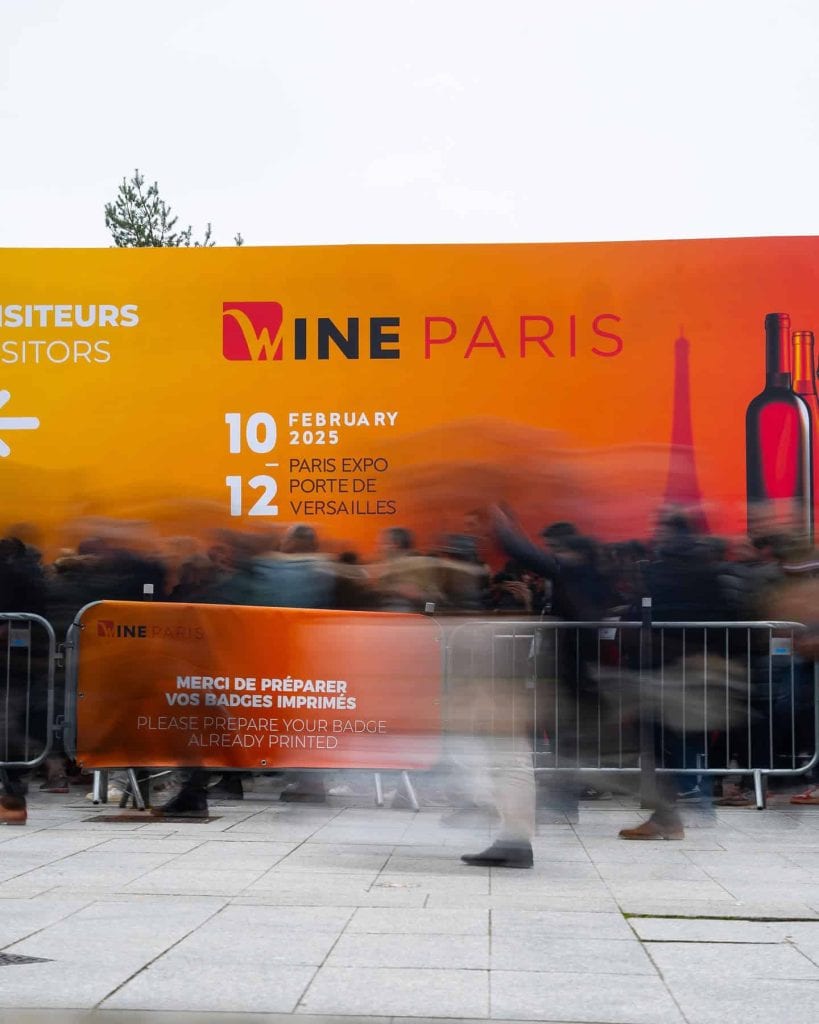
We tasted almost all of them a few hours ago. The quality is, on average, quite poor.
I can’t disagree with you. Others evidently have different tastes.
Should we expect even more dealcoholised wines at the next edition? How significant is this segment?
I think so. Right now, it’s a phase of curiosity and novelty—there’s a lot of noise around dealcoholised wine. But I don’t know how substantial this movement really is. It could just be a passing trend. Remember the raw wines from a few years ago? Hardly anyone talks about them now. It’s important to keep cycles in mind.
Five years ago, after a disastrous 2018 edition in Bordeaux, Vinexpo seemed doomed to be swallowed up by Prowein.
Exactly. When I arrived, people thought we were finished. But by moving to Paris and making a few adjustments, we’ve become what you’ve seen at this edition.
The timing of your event helped—you decided to move ahead of your competitors.
It’s not just that. If Prowein decided to go earlier than us, it wouldn’t change the outcome.
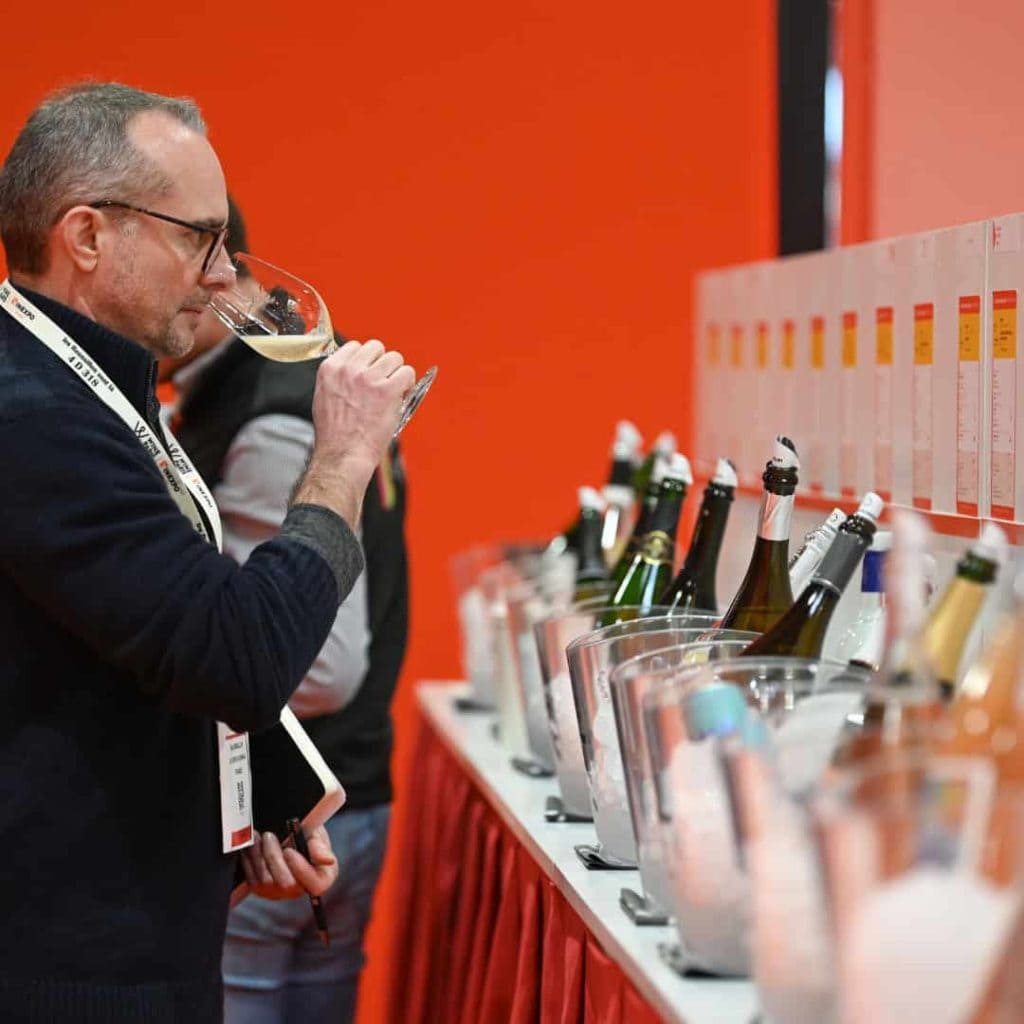
What have you changed? And what do you plan to change, given that trade fairs are increasingly being questioned in terms of cost-benefit analysis?
We are more than just a trade fair. Of course, we’ve worked with wine industry lobbies and on political strategies, but we’ve also placed great emphasis on content, high-level conferences, and masterclasses. Wineries have appreciated this approach, our commitment to value. They know we are not the same as Verona or Düsseldorf. We go beyond wine as a commodity—Wine Paris has the power to influence and capture attention.
There’s a sense that there’s some detachment between the fair and the city. Aside from the Nouvelle Vague section, do you plan to bring the natural wine movement into the event?
We need to bring more young people in, but we can’t do the work for others. Our job is to generate interest in the fair, in key themes, and reshape the offering. We need to create content. Take the conference on Gen Z wine consumption by the Californian Wine Institute—it was packed.
What’s happening in the wine world? Are you concerned?
Not in the long term, but right now, I am worried about this general sense of depression. There’s political instability—look at France, where wine legislation is constantly changing. People are retreating into themselves out of fear. But it’s just a phase. There are periods of crisis and periods of recovery—it’s part of the economic cycle.
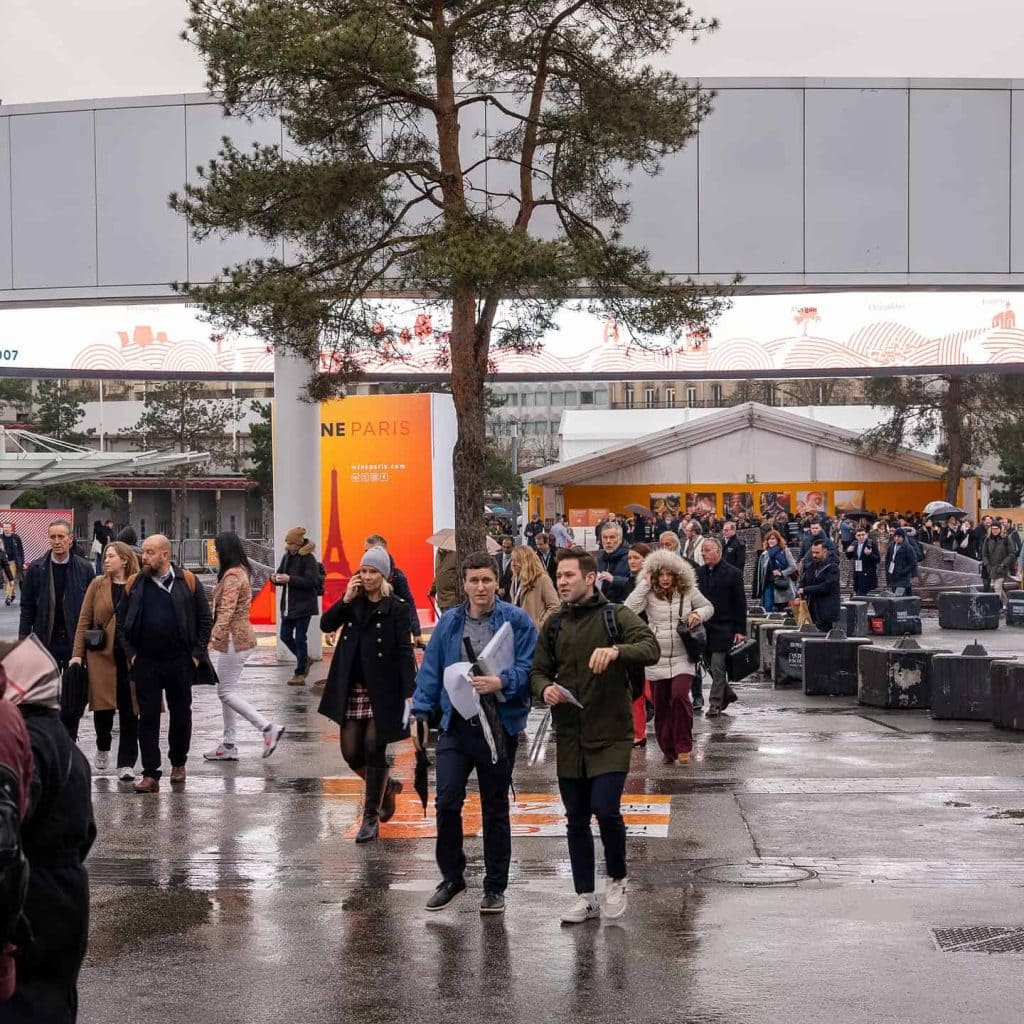
What’s your outlook?
Some wineries will struggle, and some will disappear—we’re seeing it happen in France as well. The ones that succeed will be those that focus on quality and marketing, understanding market expectations and adapting accordingly. I’ll say it again: it’s the cycle of history. This is a phase of decline, but there will be phases of resurgence.
Which French wine regions are faring best?
The Loire, with Chenin Blanc and Pinot Noir. And Alsace, in my opinion.
And which are struggling the most?
Bordeaux, undoubtedly. But the feedback this year was far more positive than in the previous edition. The issue is oversupply—there are simply too many wines. The vineyard removal plan will help. A new balance will be found, and the sector will emerge stronger than before.

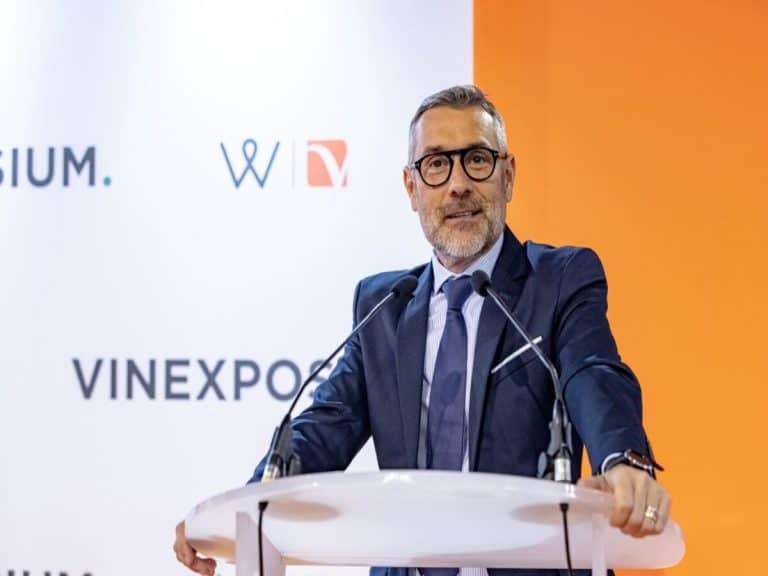
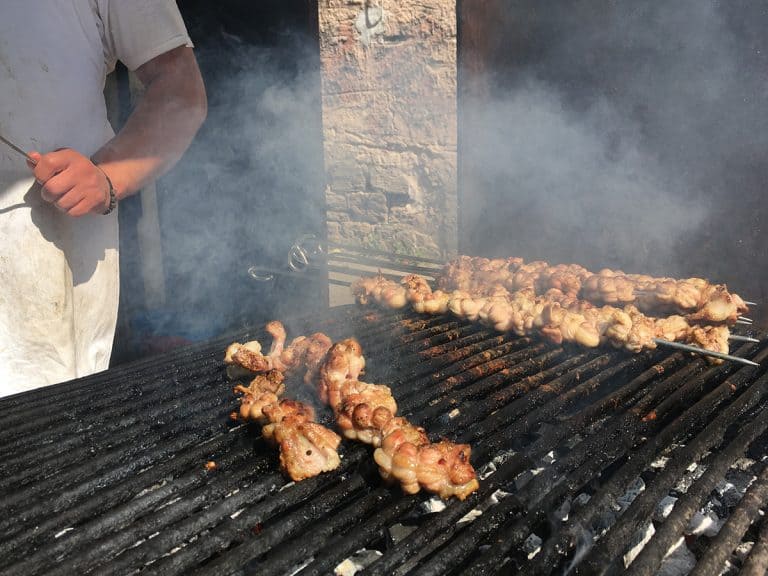 The thousand street specialities of Palermo’s oldest market
The thousand street specialities of Palermo’s oldest market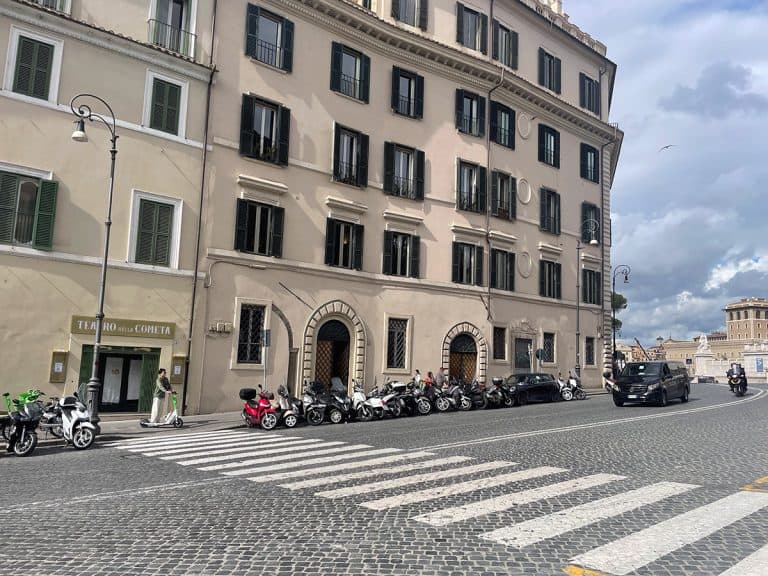 A promising new bar opens inside a historic theatre in Rome: the Teatro della Cometa is reborn
A promising new bar opens inside a historic theatre in Rome: the Teatro della Cometa is reborn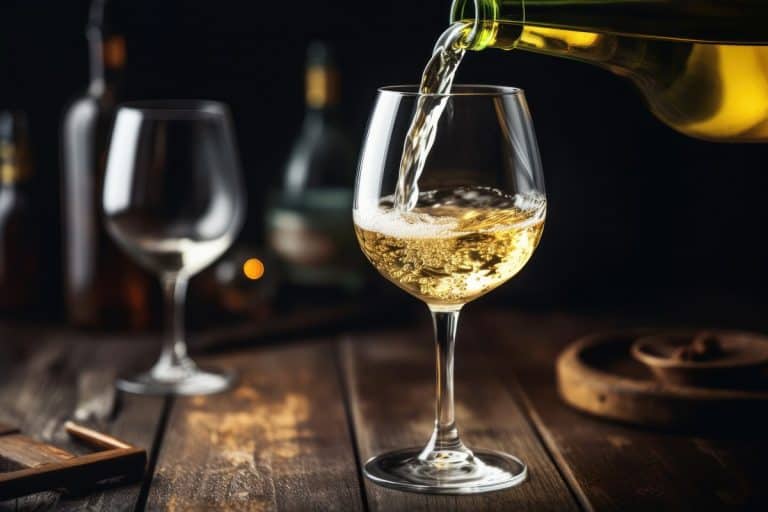 Chianti, Amarone, and Prosecco: the wines most at risk from US tariffs
Chianti, Amarone, and Prosecco: the wines most at risk from US tariffs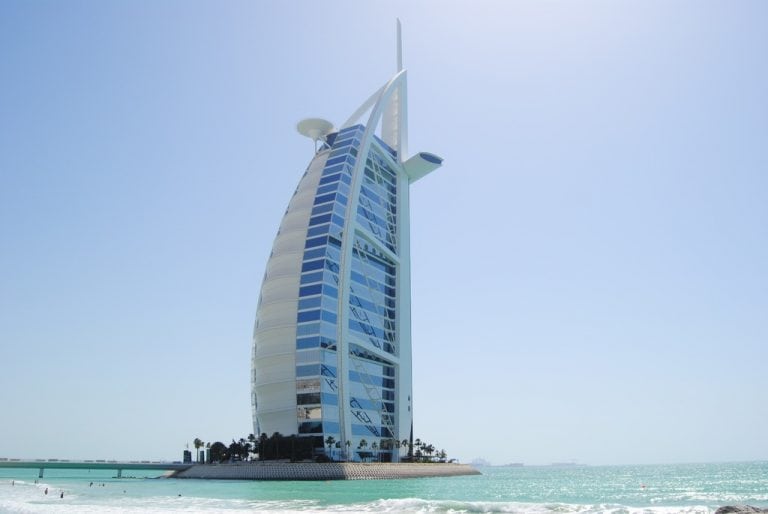 Italian wine seeks new markets. From India to Brazil (and surprisingly, Ireland), here’s how the export map is changing
Italian wine seeks new markets. From India to Brazil (and surprisingly, Ireland), here’s how the export map is changing Trump threatens 200% tariffs on EU wines and champagne if US whisky tariffs are not withdrawn. The French response: "We will not give in"
Trump threatens 200% tariffs on EU wines and champagne if US whisky tariffs are not withdrawn. The French response: "We will not give in"